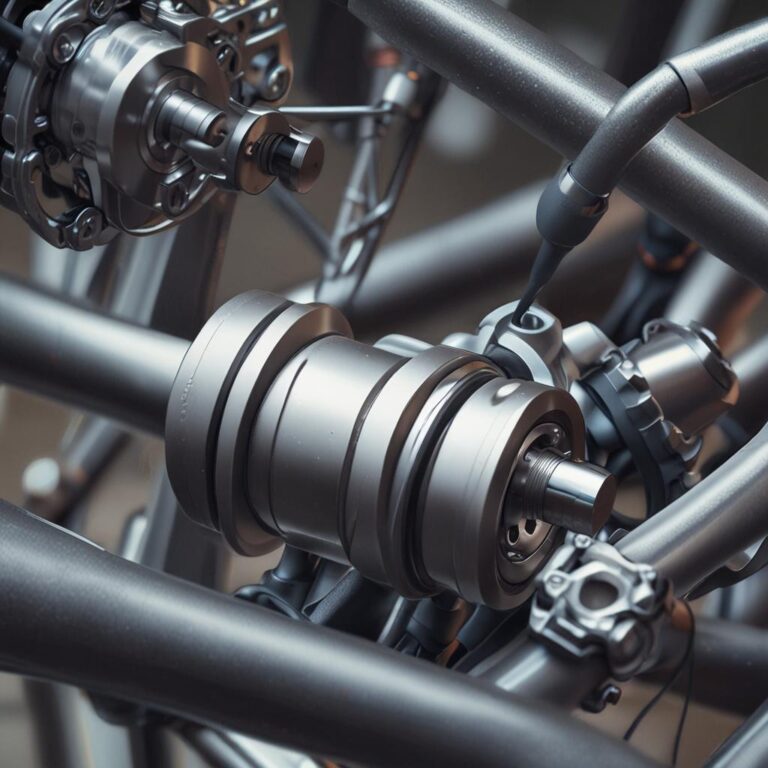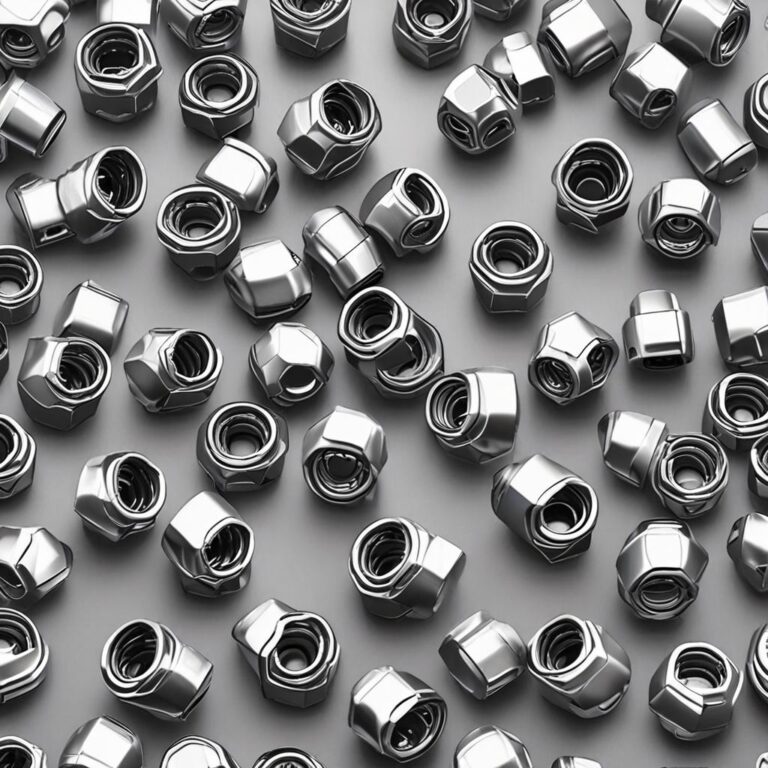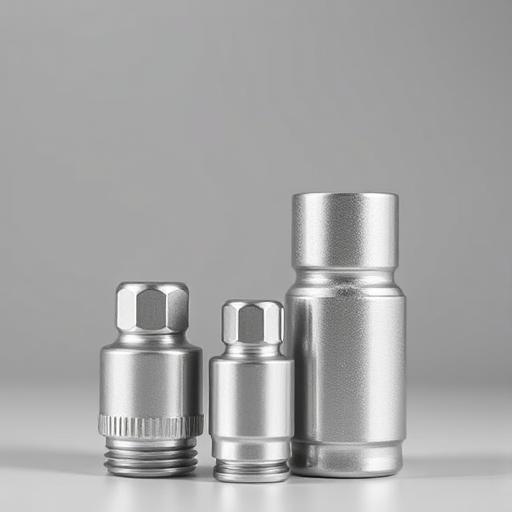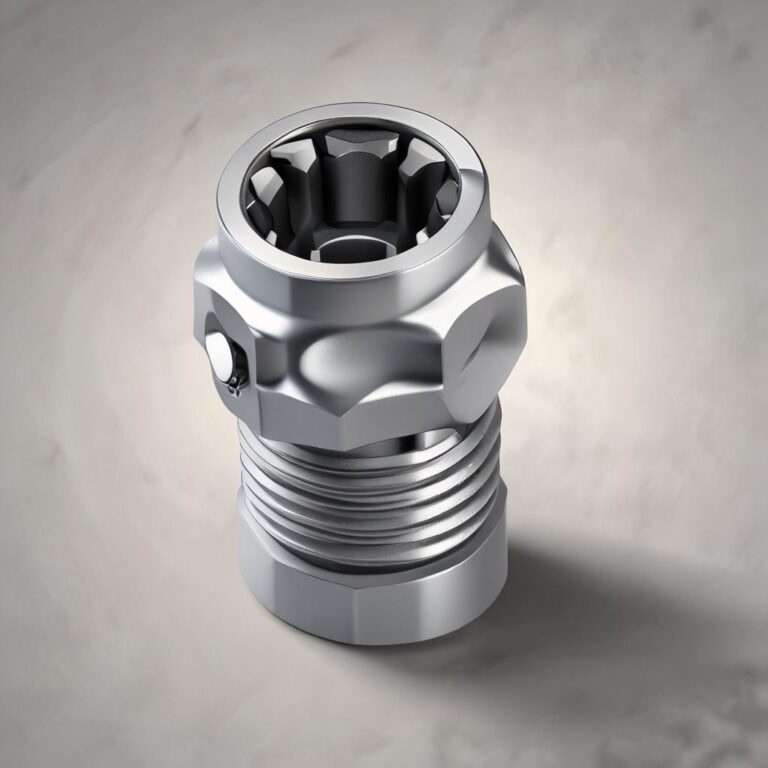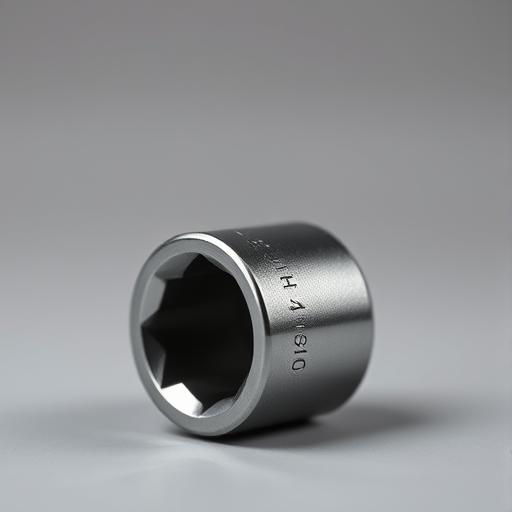U Joint Hex Socket
When you’re elbow-deep in an engine bay or wrestling with machinery in tight quarters, a standard socket wrench can feel more like a hindrance than a help. That’s where the u joint hex socket comes in—a game-changing tool designed to bring flexibility and reach to stubborn fasteners in awkward positions. Also known as a universal joint socket or u-joint socket adapter, this compact yet powerful tool combines the functionality of a socket with a swiveling joint, allowing you to tackle bolts and nuts that are off-axis or buried behind components. Whether you’re a seasoned mechanic, a weekend DIYer, or someone who just wants to fix that squeaky dryer, understanding and using a u joint hex socket can dramatically improve your efficiency and success in mechanical tasks.
Understanding the Anatomy of a U Joint Hex Socket
To truly appreciate the value of a u joint hex socket, it helps to understand what makes it work. Unlike a rigid socket, this tool is engineered with flexibility in mind, allowing it to pivot and angle while still transmitting torque from your ratchet or wrench.
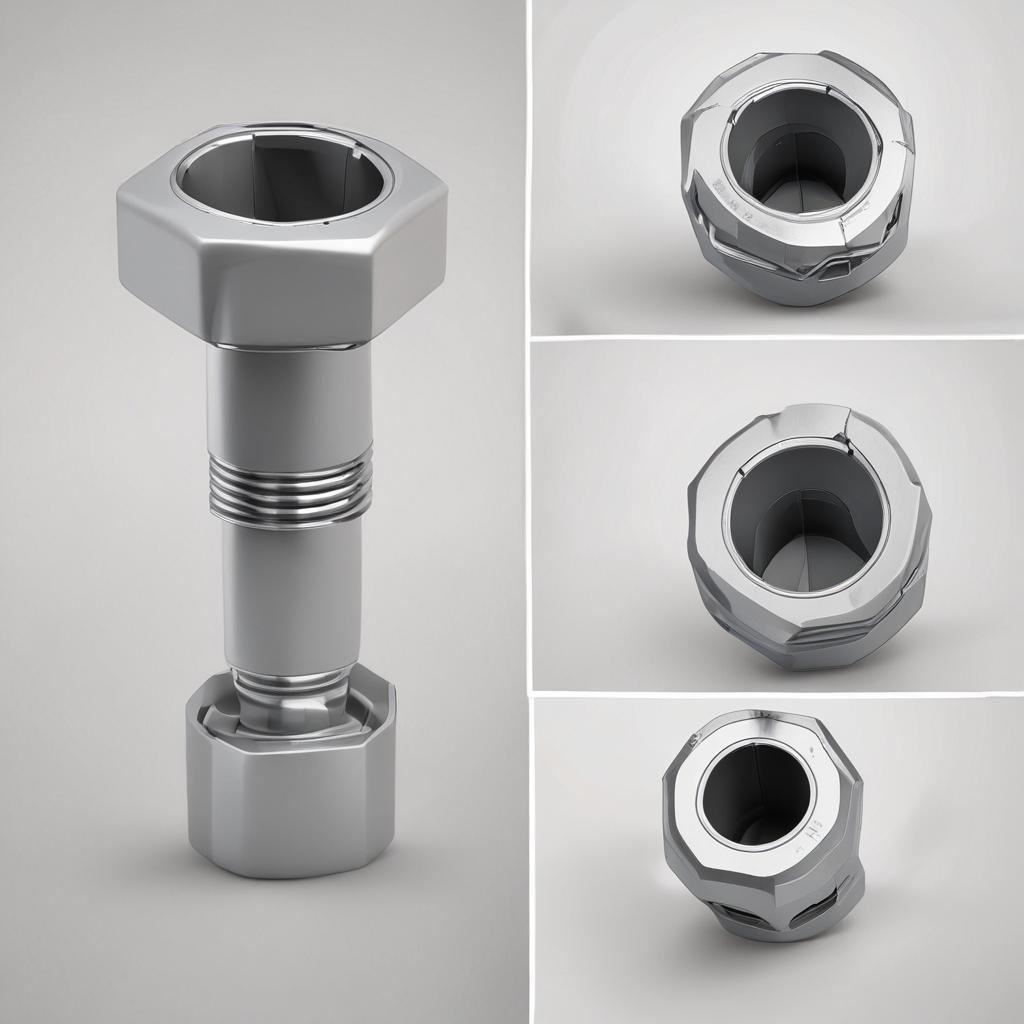
Hex Drive End
The base of the u joint hex socket features a standard hex drive (commonly 1/4″, 3/8″, or 1/2″ square drive) that connects securely to ratchets, breaker bars, torque wrenches, or extensions. This compatibility ensures it integrates seamlessly into your existing tool collection without requiring special equipment.
Universal Joint Mechanism
At the heart of the tool is the universal joint—typically capable of swiveling up to 15°–20° in any direction. This flexibility allows the socket to bend around obstacles while maintaining a solid connection to the fastener, making it ideal for non-linear access points.
Socket Size and Profile
U joint hex sockets come in fixed sizes (like 8mm, 10mm, or 13mm) with an internal hex profile designed to fit standard bolts. Some models feature interchangeable bits, offering versatility across multiple fastener types without needing several dedicated sockets.
Material and Build Quality
Most high-quality u joint sockets are forged from chrome vanadium steel and heat-treated for strength and durability. This construction resists fracturing under pressure and offers good resistance to corrosion, even in greasy or damp environments.
Ball-and-Socket vs. Cross-Pin Design
Two primary internal mechanisms exist: ball-and-socket and cross-pin. The ball-and-socket design provides smoother articulation and is often found in premium tools, while the cross-pin (or universal joint) design is more common and cost-effective but may wear faster under heavy use. Both are reliable when used within torque limits.
Common Uses and Applications
The real strength of the u joint hex socket lies in its ability to solve real-world access problems. It’s not just a convenience—it’s often the only way to reach certain fasteners without disassembling half the machine.
Automotive Repairs
Under the hood or beneath a vehicle, space is at a premium. Mechanics regularly use u joint hex sockets to remove brake caliper bolts nestled behind rotors, loosen control arm mounting bolts near suspension components, or access fasteners around exhaust manifolds and engine mounts where a straight approach is impossible.
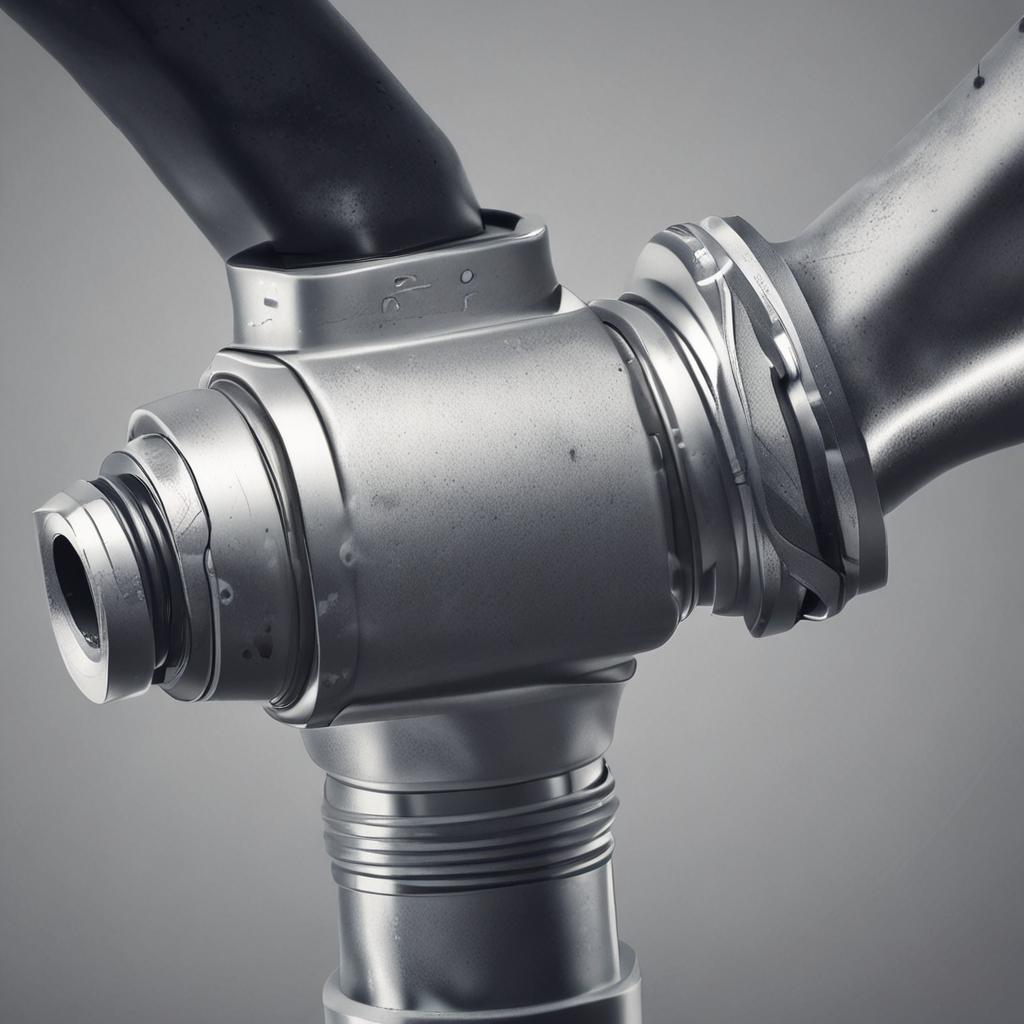
Home and Workshop Projects
From assembling flat-pack furniture with recessed screws to repairing household appliances like washing machines or HVAC units, these sockets make indoor tasks easier. They allow you to tighten or remove fasteners in narrow gaps behind panels or inside cramped cabinets.
Industrial and Mechanical Maintenance
In factories or industrial settings, machinery often has densely packed components. Technicians rely on u joint hex sockets during routine maintenance or emergency repairs where time and precision matter. Their use on assembly lines or in field service units helps minimize downtime by eliminating the need for complex disassembly.
Types of U Joint Hex Sockets
Not all u joint sockets are created equal. Depending on your needs, different variations offer unique benefits and trade-offs.
- Fixed U Joint Sockets: One-piece tools with a permanently attached universal joint and a specific socket size. Durable and compact, ideal for frequent use in known applications.
How to Use a U Joint Hex Socket Properly
Using a u joint hex socket effectively requires more than just attaching it to a ratchet. Proper technique ensures safety, efficiency, and tool longevity.
Selecting the Right Size and Drive Type
Always match the socket size precisely to the fastener to prevent slippage or rounding. Choose the drive size (1/4″, 3/8″, 1/2″) based on the torque required—smaller drives for precision work, larger ones for heavier tasks.
Attaching to a Ratchet or Wrench
Ensure the drive end clicks securely into your ratchet or extension. A loose connection can lead to slipping, which damages both the tool and the fastener.
Positioning in Confined Spaces
Angle the universal joint before applying force, aligning the ratchet handle with your available swing arc. Test movement gently to confirm full engagement before tightening or loosening.
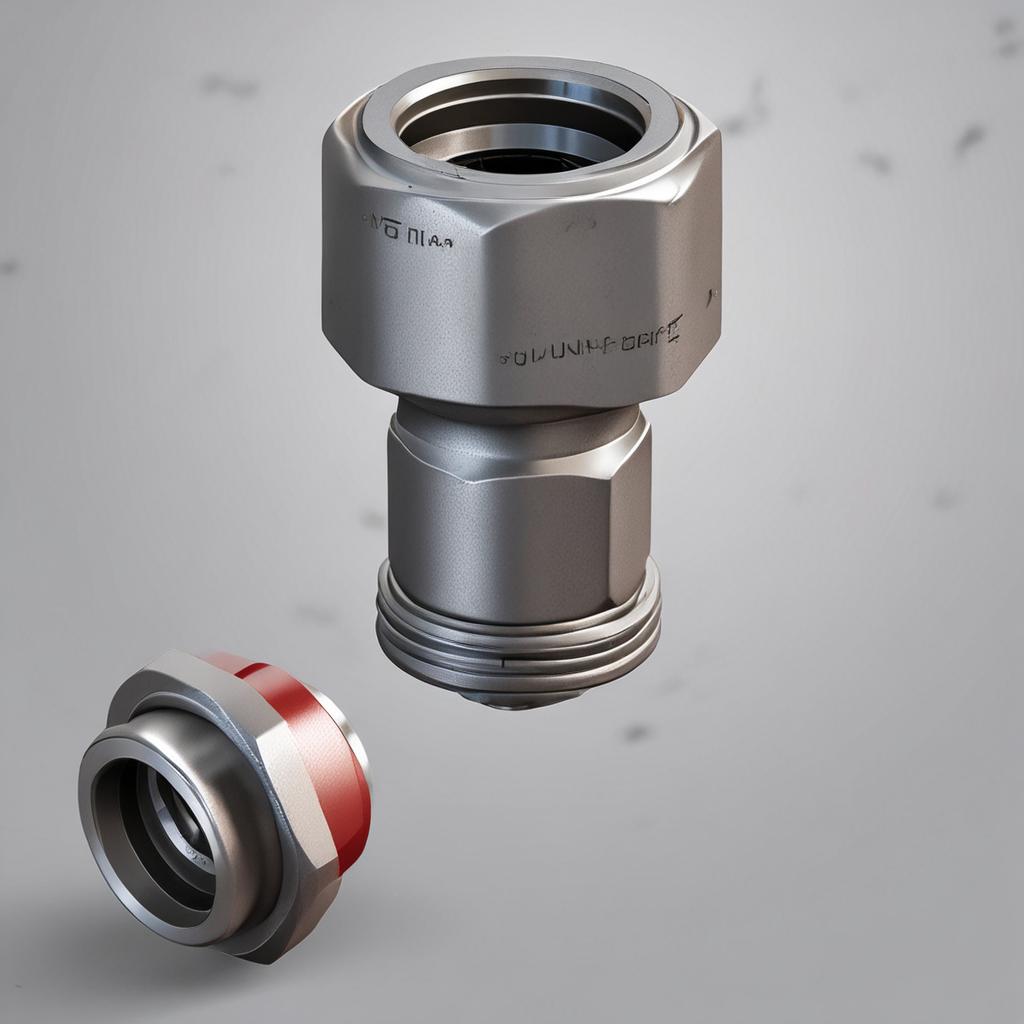
Applying Torque
Avoid sudden jerks or excessive force, especially with smaller drive sizes. Due to the joint’s mechanical design, torque transfer is less efficient than with straight sockets, so gradual pressure yields better results.
Maintenance and Care
After use, wipe down the socket to remove grease and debris. Periodically apply light machine oil to the joint to maintain smooth operation. Store in a dry place to prevent rust and damage.
Advantages and Limitations
Features table for Advantages and Limitations
Like any tool, the u joint hex socket has strengths and weaknesses. Understanding both helps you use it wisely and avoid frustration.
Benefits
- Provides access to fasteners in tight, angled, or obstructed spaces
Drawbacks
- Slight torque loss due to angular flex in the joint
Top Brands and Recommended Models
Investing in a quality u joint hex socket pays off in reliability and performance. Several brands stand out for their craftsmanship and innovation.
- Snap-on: Offers premium tools like the SOW2038A, known for precision engineering and long lifespan—ideal for professional garages.
When choosing a model, consider warranty coverage, material quality, user reviews, and how often you’ll use the tool. For most home mechanics, a mid-range adapter from TEKTON or GearWrench offers excellent value.
Safety Tips and Best Practices
Safety should never be an afterthought, especially when working in confined or greasy environments.
- Always inspect the socket and joint for cracks, wobble, or deformation before use
Conclusion: Is a U Joint Hex Socket Worth Adding to Your Toolkit?
Absolutely. Whether you’re changing brake pads, assembling furniture, or maintaining industrial equipment, the u joint hex socket is a small tool with a big impact. Its ability to reach fasteners in awkward spots makes it indispensable for anyone who regularly works with mechanical systems. While not a replacement for high-torque sockets or impact tools, it fills a critical niche in accessibility and versatility. For professionals, it’s a time-saving essential. For DIY enthusiasts, it can mean the difference between finishing a repair and calling for help. Start with a universal joint adapter in a common size like 10mm or 13mm, and gradually build a set tailored to your most frequent projects. Once you’ve used one, you’ll wonder how you ever managed without it.


